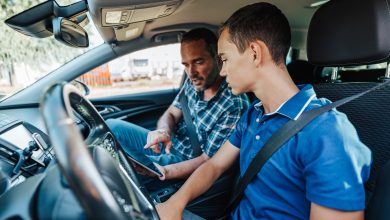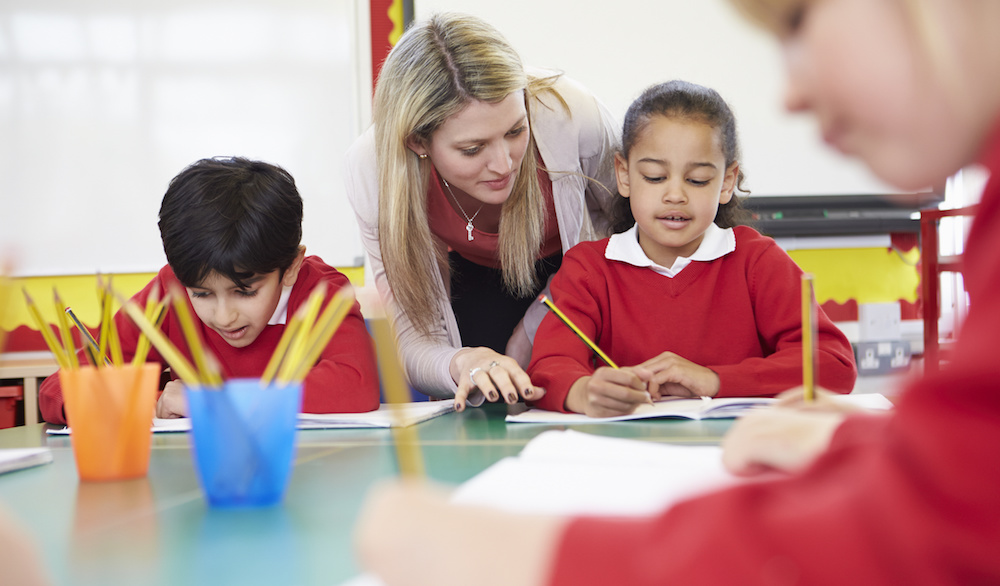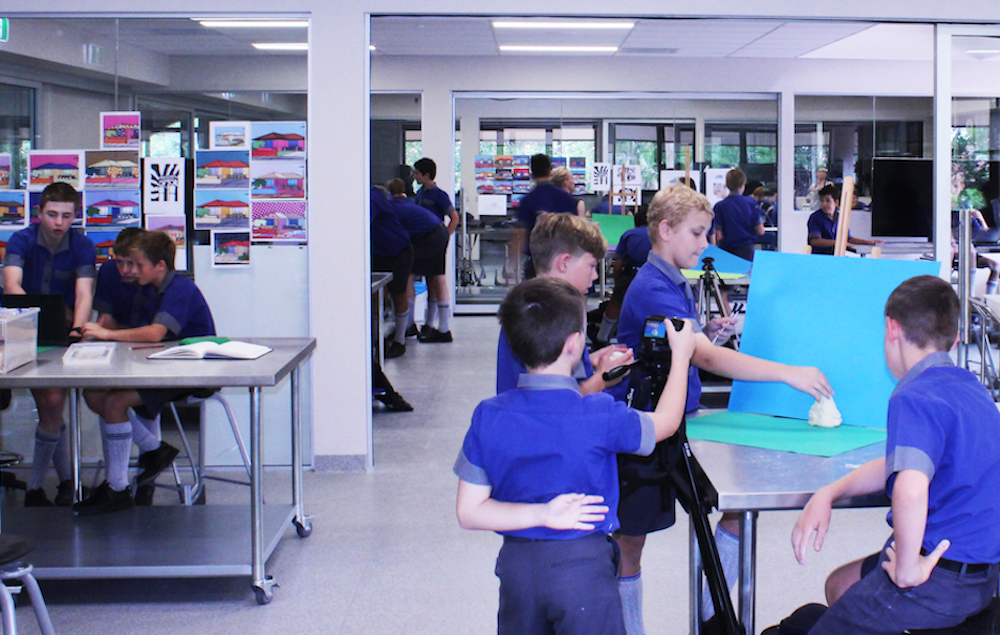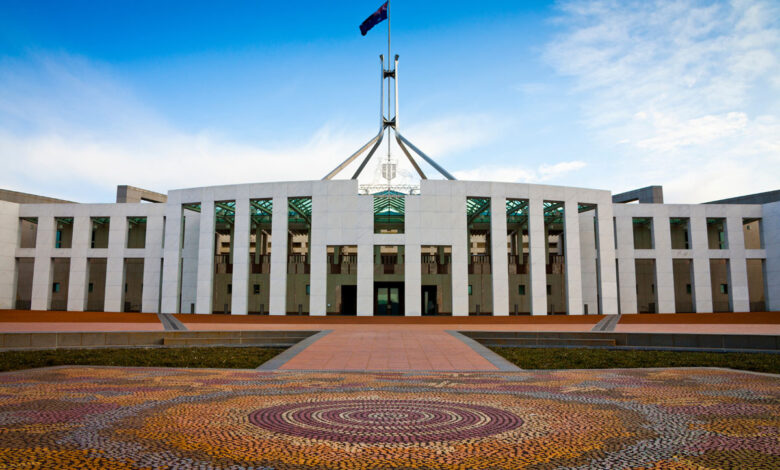
As adults around Australia headed to the polls for the recent federal election, there was some hand wringing over the future of our democracy.
Reporting released by the Australian Curriculum, Assessment and Reporting Authority (ACARA) in February showed that students had recorded the lowest scores in civics since testing began. Students’ knowledge and understanding of Australia’s democracy, political system, and civic processes had all fallen.
Read the latest print edition of School News HERE
Only 28 percent of Year 10 students met the proficient standard in 2024, down from 38 percent in 2019. ACARA said this declining trend in student performance was repeated in other recent international civics and citizenship assessments. Data was taken from results of the National Assessment Program sample Civics and Citizenship (NAP-CC) Report 2024.
Declining results, however, don’t mean that young people don’t care about politics or the legal system. Alongside the NAP-CC, students in Year 6 and Year 10 completed a questionnaire about their attitudes and engagement with civics and citizenship. Both year levels expressed concerns about issues affecting Australia, including pollution, climate change, crime and racism. Students, especially in Year 6, expressed a high degree of trust in civic institutions but showed considerably less trust in the media or social media.
Commenting on the report, ACARA CEO Stephen Gniel said: “Civics and Citizenship has always been a key part of the Australian Curriculum, including in the latest version.
“Encouragingly, this latest report shows that most students rate citizenship behaviours, such as learning about Australia’s history, as important. Therefore, it is vital that all young Australians get a strong grounding with civics education to feel engaged with social and political issues, so that they can make a valuable contribution as society’s future stewards.”
With GenZ and millennials combined now outnumbering baby boomers as the dominant voting bloc, the downward trend in civics and citizenship attainment has raised some important questions. If students don’t understand how Australia’s government and legal systems work, how can they participate fully in democratic life? And with the rise of social media as young people’s preferred source of news, how can we make sure the information they are receiving about current events is reliable and trustworthy?
If civics and citizenship education is to be improved, does it need to be done in the classroom, or should we be looking elsewhere?
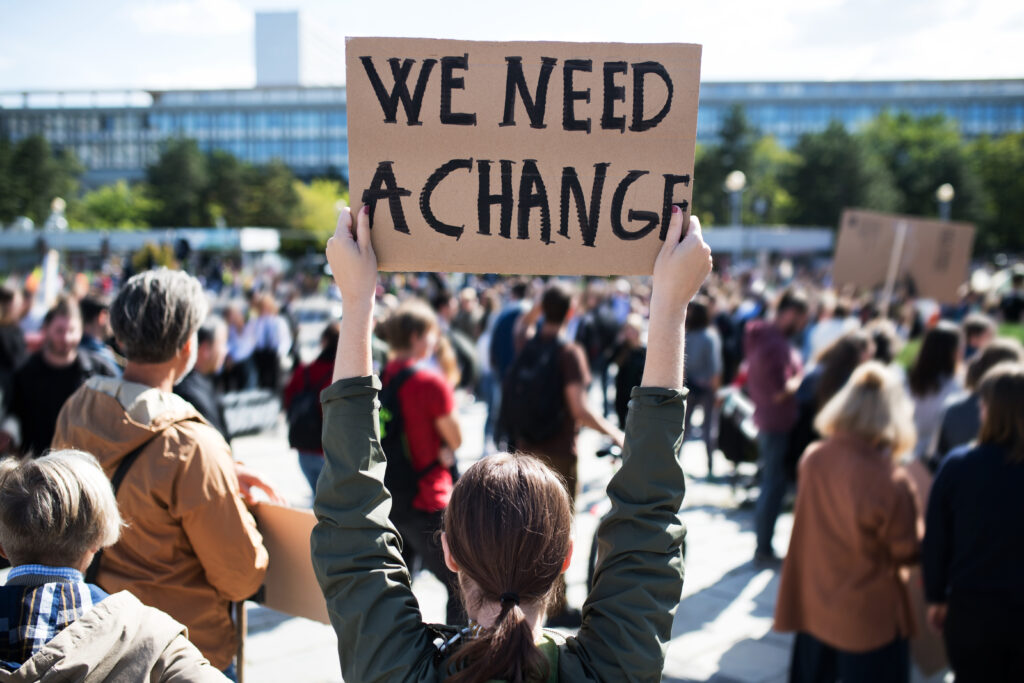
Civic and citizenship in the Australian Curriculum
Civics education has been included in the Australian Curriculum (v8.4) since its release in 2014, with the Revised Australian Curriculum: Civics and Citizenship, published in 2022. The aim of civics and citizenship education, as outlined by ACARA, is to “assist students to develop the civic knowledge, understanding and skills to enable them to engage purposefully as citizens at local, state, national, regional and global levels, now and in the future.”
However, while it is written into the curriculum, access to and delivery of civics and citizenship education is not equal for all students. There is no review or audit into each state or territory’s curriculums to ensure they include the minimum civics and citizenship content. This means key elements may not be covered in any explicit or compulsory way for many students.
Students’ opportunities for formal civics education can vary widely between different states and territories, in line with individual state curriculum, as well as between rural, regional, and different socio-economic areas. The NAP-CC found that achievement in civics and citizenship gradually increased with increasing levels of parental education and parental occupation. This resulted in significant differences between the highest and lowest occupational and educational groups. The gap between Indigenous and non-Indigenous students attaining the proficient standard at both Year 6 and Year 10 was significant.
The Australian Curriculum introduces students to civics and citizenship in Year 3, with topics and ideas covered increasing in complexity between Year 3 and Year 6. Key study areas include identity and diversity, and democracy and citizenship.
In Years 7 and 8, civics and citizenship education continues, however student access to civics and citizenship education in Years 9 and 10 is determined by individual schools. Some schools offer the subject as an elective, others include it as part of other humanities subjects, while some schools do not offer civics and citizenship education at all beyond Year 8.
The haphazard implementation of civics and citizenship education led to a Joint Standing Committee on Electoral Matters inquiry into civics education and participation in Australia in March 2024.
Committee Chair, Senator the Hon Carol Brown said: “Australia’s system of compulsory voting means that all Australians need to be informed to participate in our democracy and elections. This is particularly important at a time where democracies around the world, including Australia, are facing rising disengagement, distrust, and misinformation and disinformation in a complex online information environment.
“The Committee heard clear evidence that the quality of formal civics education varies considerably between the states and territories, and even individual schools—which means that many young people are not getting the information they need to be informed and responsible citizens. It is clear that Australia needs a strengthened and standardised approach to civics and citizenship education.”
The Inquiry’s report, From Classroom to Community: Civics education and political participation in Australia, found that civics education in Australia is not working, and that Australians are struggling to participate fully in our democracy because of the fragmented and inequitable nature of civics education. The report highlighted several factors which impact the delivery of civics education, including limited time allocated for teaching and learning in a crowded curriculum; teacher knowledge, training, and time to deliver civics content; school resourcing; and flexibility in curriculums.
Further, the report cited the distance of most schools from the nation’s capital and the barriers to students visiting national cultural institutions like Parliament House as impeding interest in and engagement with civics education. The tyranny of distance was felt more acutely by students from regional and remote areas, and from lower socio-economic areas.
A strong theme throughout the inquiry was the lack of consistency across individual schools in implementing civics and citizenship education. What the curriculum sets out is not necessarily what is delivered in each school—a gap between policy and practice.
To address shortfalls in civics education, the report made 23 recommendations. Among the recommendations was nationally aligned and mandated civics and citizenship content in the Australian Curriculum, and better support for teachers through professional development. Resourcing to allow more students to visit Canberra or access digital learning experiences was also recommended, as was prioritising media and digital literacy in the curriculum, and working with community organisations to deliver media and digital literacy training for vulnerable populations.
News, social media, and mis-and dis-information
We know that social media platforms are in most young people’s pockets and at their fingertips. The Federal Government’s social media ban for under 16s is set to come into effect in December, which may reduce young people’s reliance on social media as a source of news. Unreliable sources are still everywhere on the internet, though, and students may have difficulty separating the truth from fiction.
News and Young Australians in 2023: How children and teens access, perceive and are affected by news media, was compiled by researchers from Western Sydney University, University of Canberra, and Queensland University of Technology. The report found that family and friends were the top source of news for young people, and young people reported high levels of trust in these sources.
But social media is becoming an increasingly important news source, moving ahead of television for teenagers. Around 37 percent of children, and more than 60 percent of teens said they often or sometimes get news from social media. Notably, only a small proportion said they intentionally used social media to find or get news—between four and 20 percent depending on the platform. Rather, young people reported coming across news items while they were using social media for other purposes.
In the recent election campaign, political advertising and content varied widely depending on the source. TikTok users were treated to campaigns involving a party leader fighting a giant octopus, and skeletons being engulfed by flames while fuelling up their car. These types of ‘brain rot’ campaigns do little to communicate a political message but can capture young people’s attention.
Notably, there is no requirement for statements made in political ads to be true, making it even more difficult for young people to discern fact from hyperbole.

Enjoying and participating in democratic life
To ensure young people have a strong understanding of civics, we may need to look beyond the classroom. While there is a need for some formal civics education, participating in democratic life can help students understand civic processes and institutions.
In comments to the Joint Standing Committee on Electoral Matters inquiry into civics education and participation in Australia, Kate Chaney MP said: “There is a need for accompanying ‘supply-side interventions’ i.e., opportunities for citizens (especially young people) to participate and have a say in our democracy.”
Research indicates that young Australians are interested, knowledgeable and active on political and civic issues in a variety of ways. Issues range from bullying to climate change and mental health. Students report getting involved in or creating their own organisations, online content and campaigns.
To engage more fully with civic life, students could be encouraged to volunteer, advocate for issues they care about, or become involved in community projects. Activities like these advance the public good and can also have positive impacts on the mental and physical health of students.
If visiting the nation’s capital to experience federal institutions at work is not possible for your school, a visit to your local council chambers or a magistrate’s court can demonstrate the value of these civic institutions.
Initiatives like youth parliaments, as well as the opportunity to participate in school and community groups can help young people feel like they have a voice. If students feel like their opinions are listened to, valued and respected, they are more likely to engage with civic life.
And while greater access to the processes of democratic life will help improve student engagement, civics education will still need to start in the classroom. As the global political climate shifts and accessing reliable information becomes more difficult, it’s essential that the next generation of voters, leaders, and Australian citizens understand, appreciate and participate in civic life.
The promise of a democracy sausage alone might not be enough to get future voters to the ballot box.



